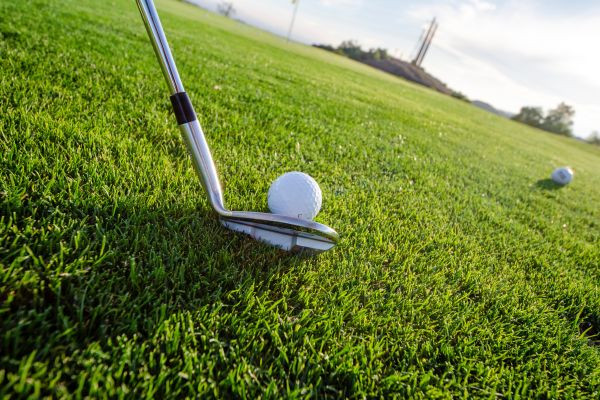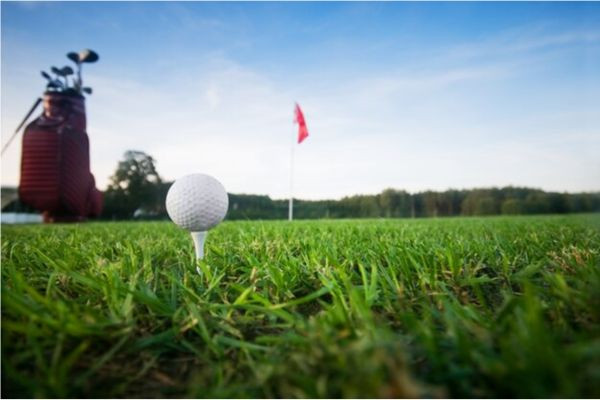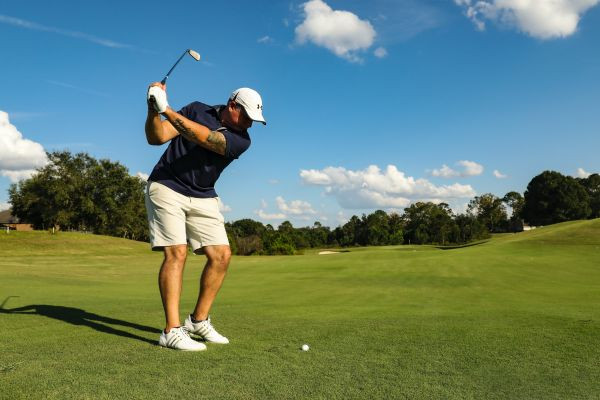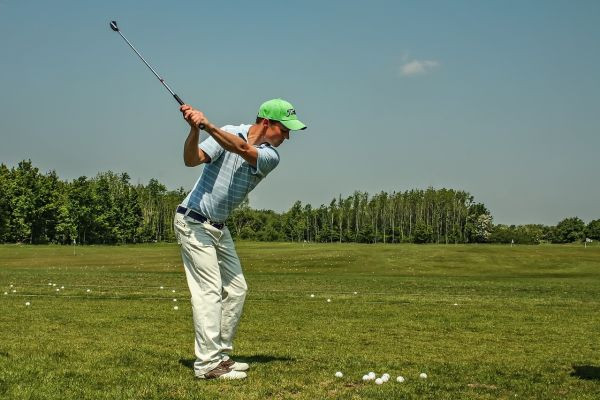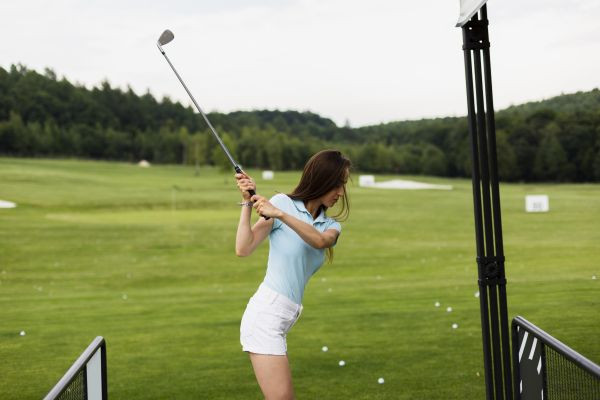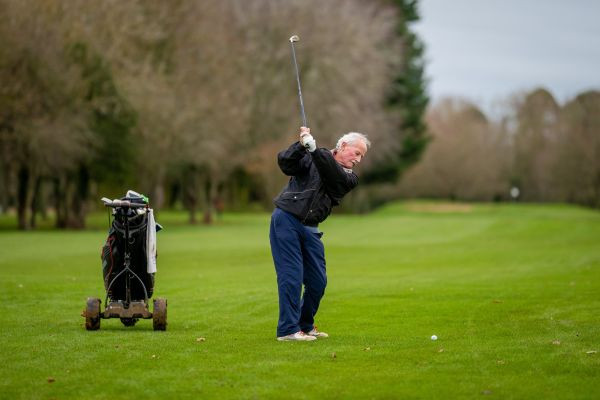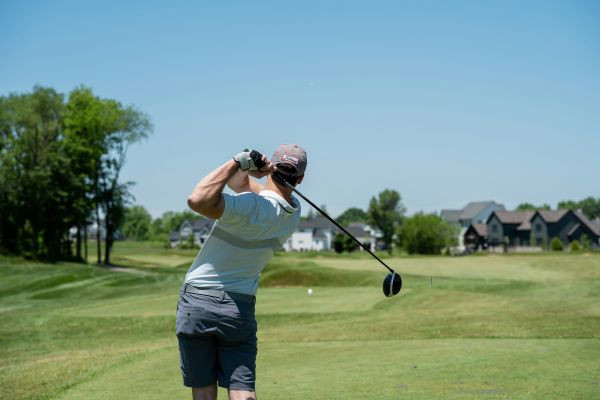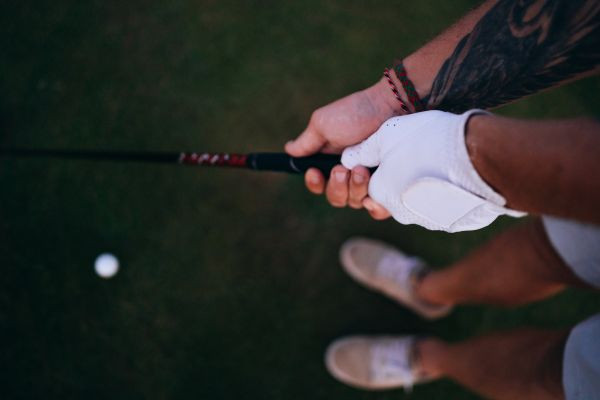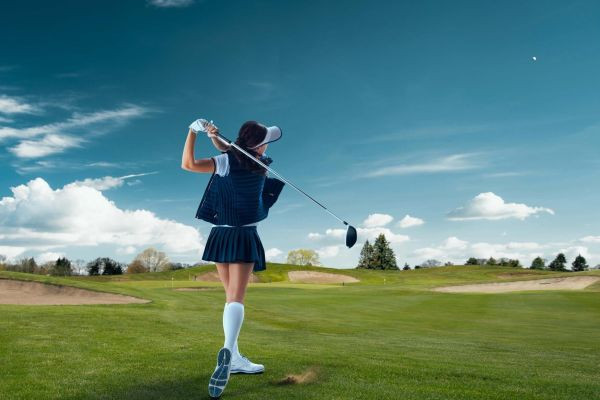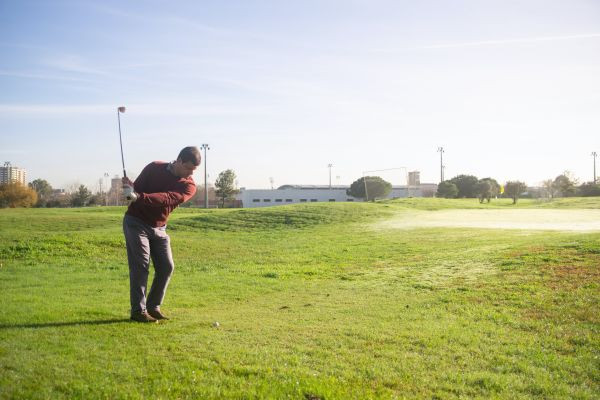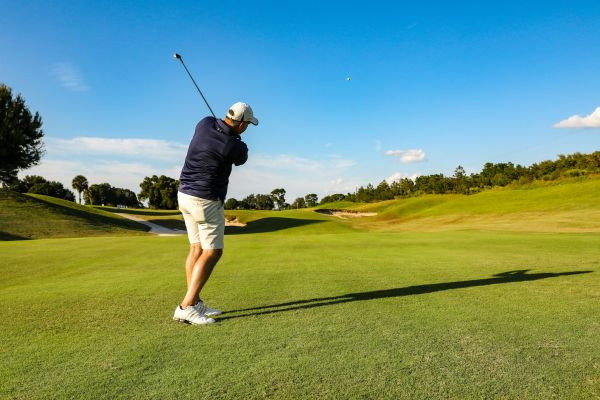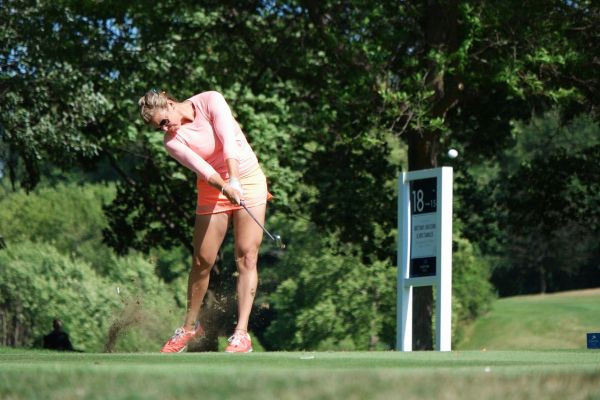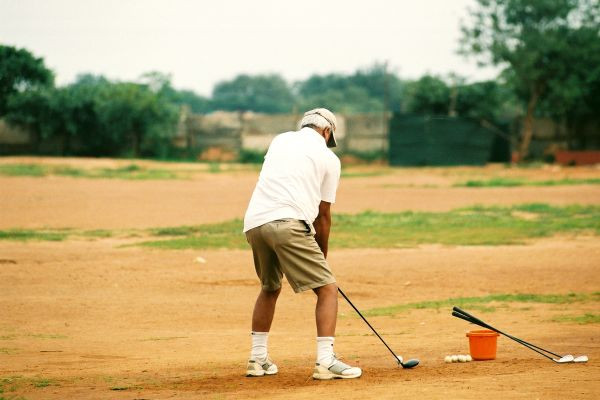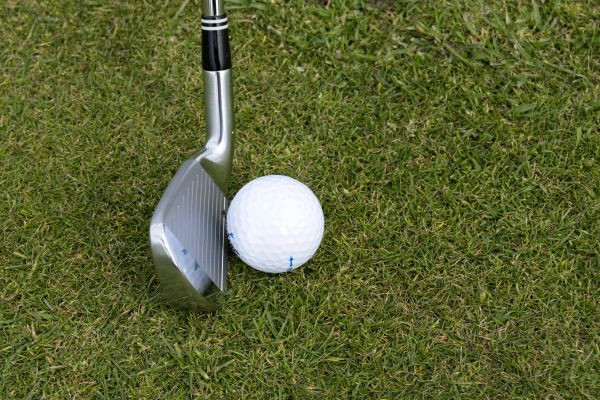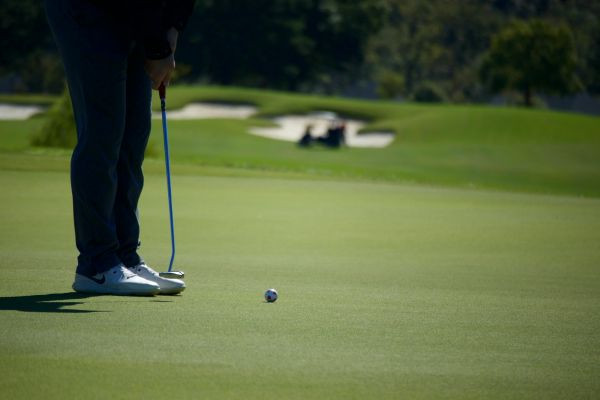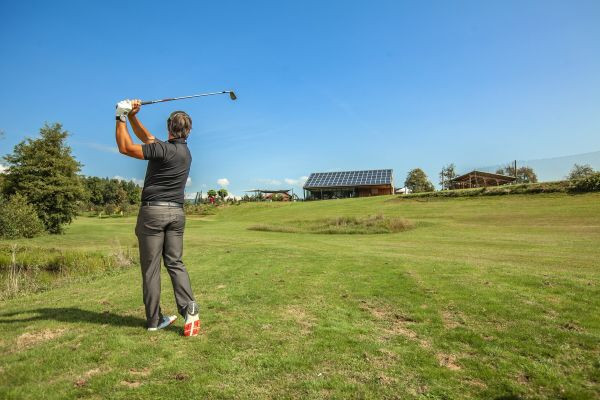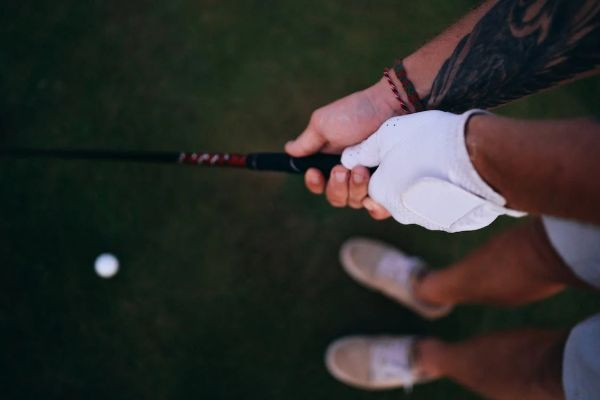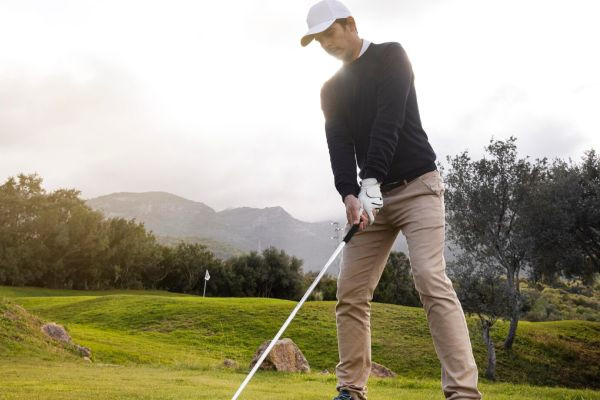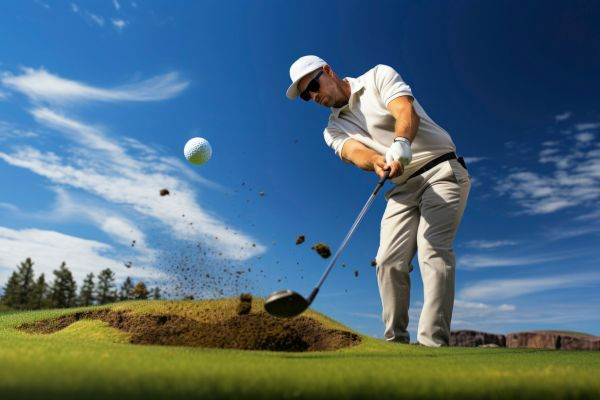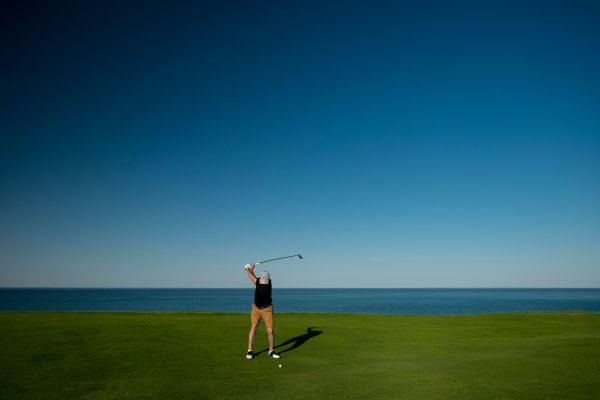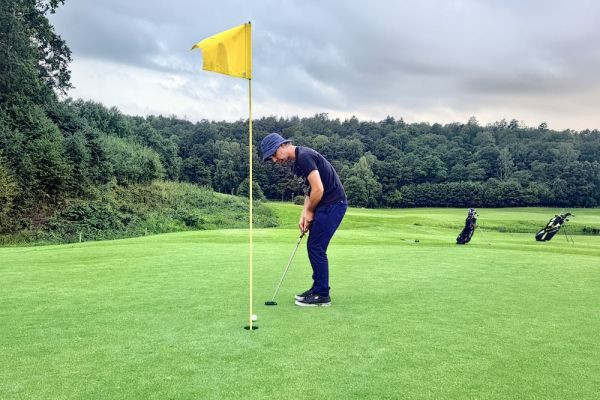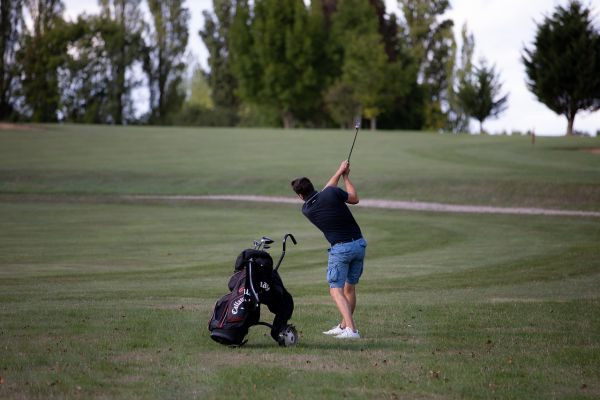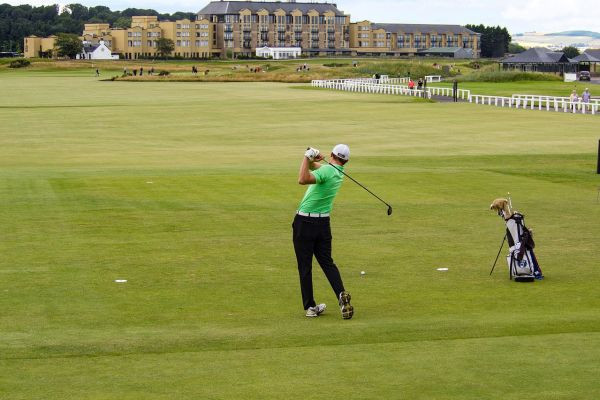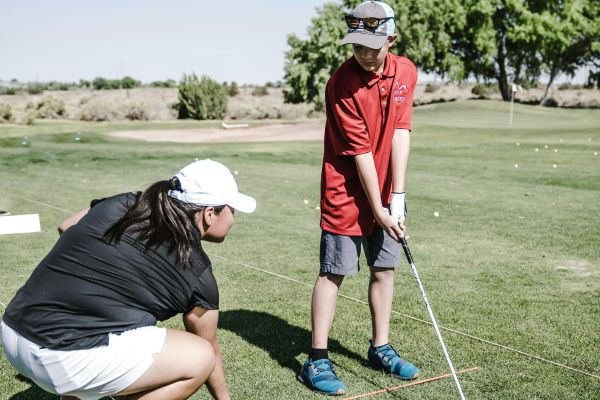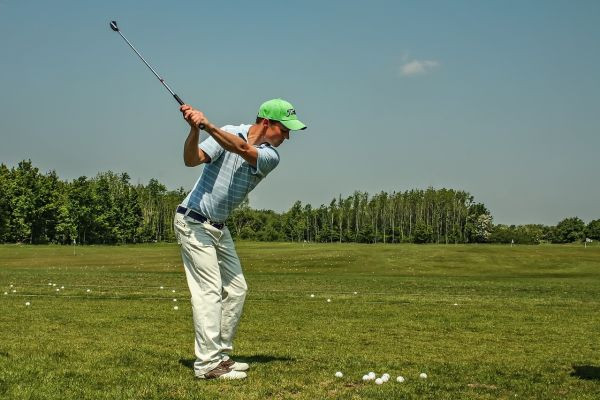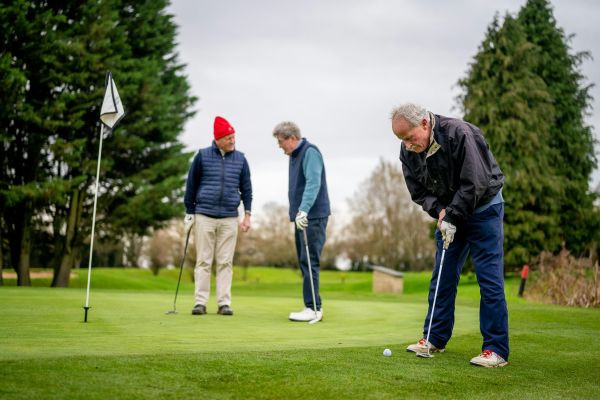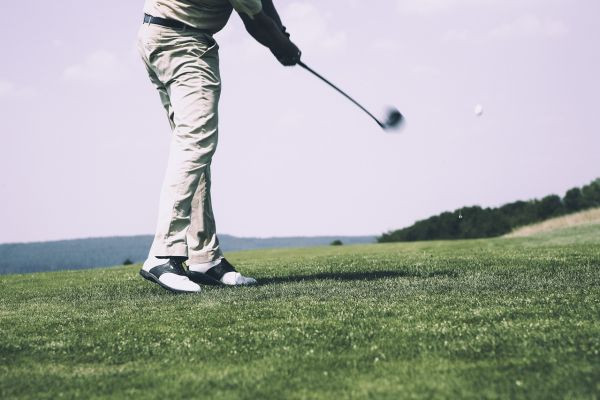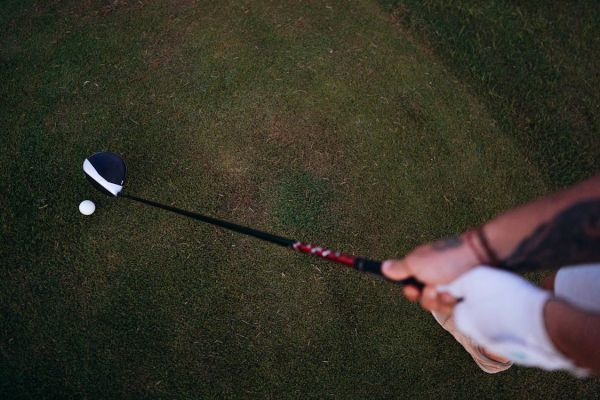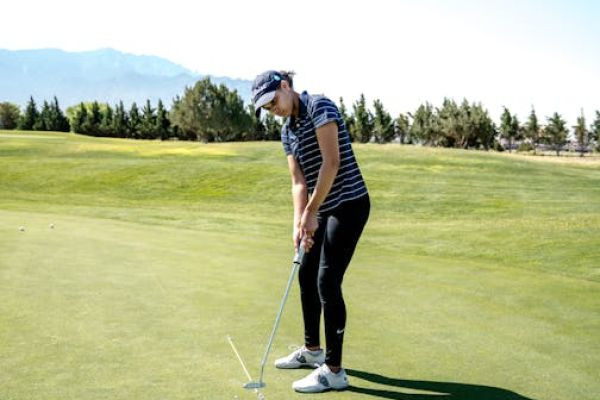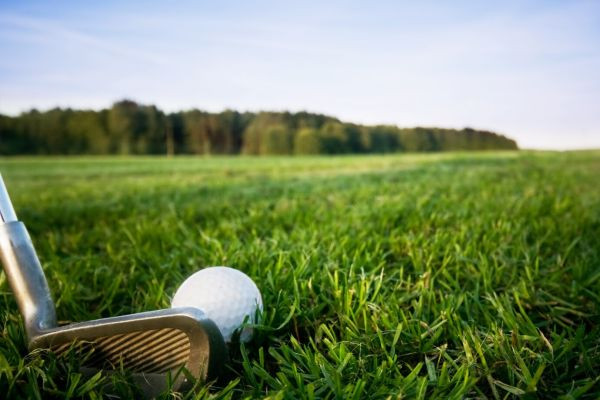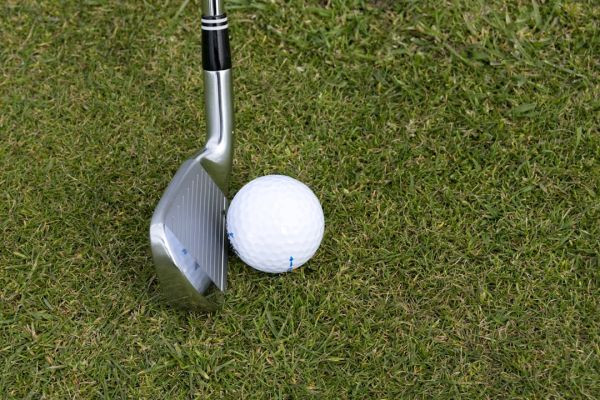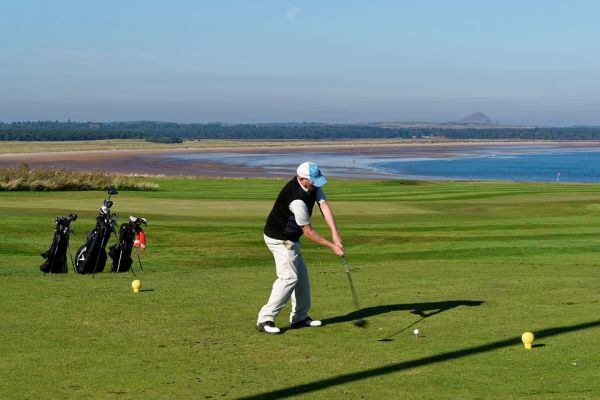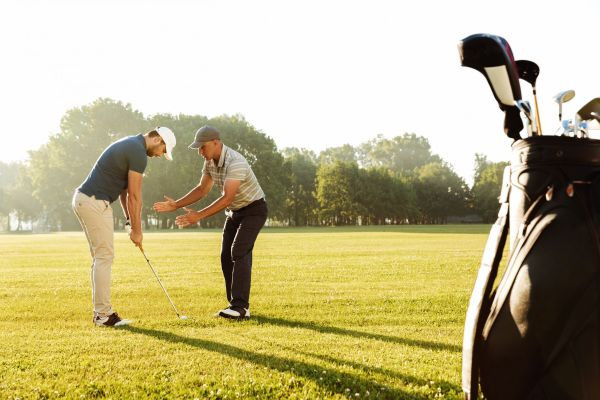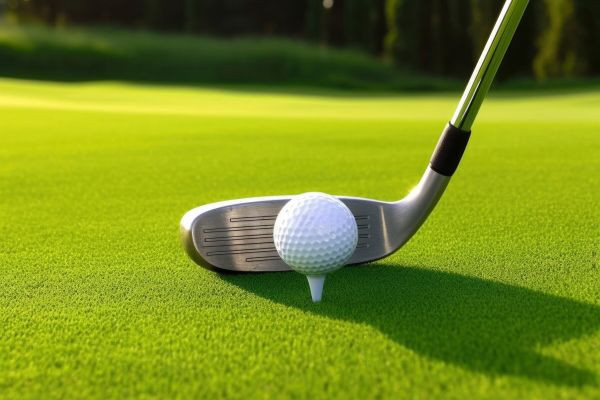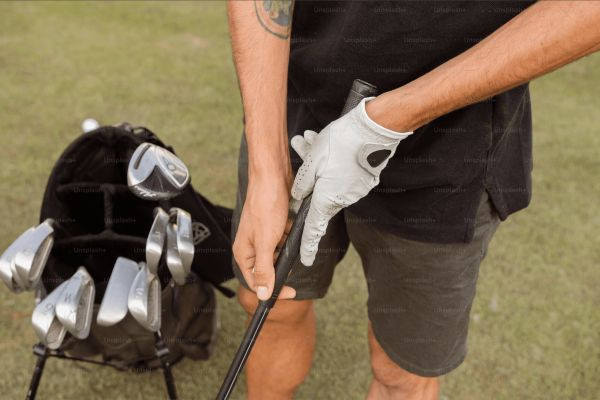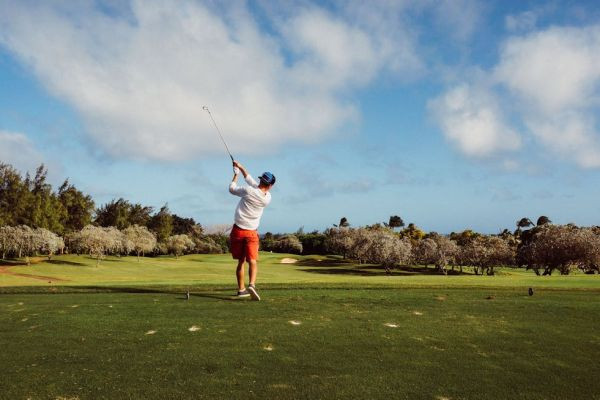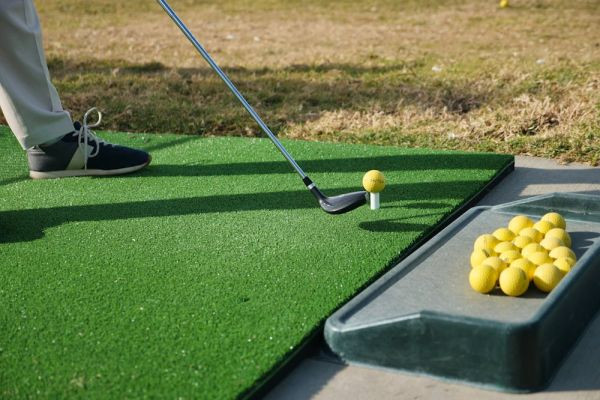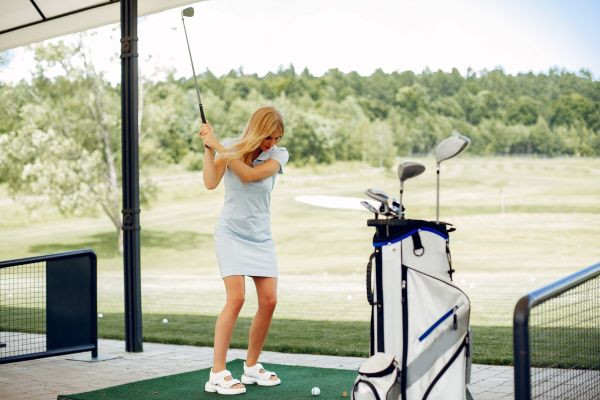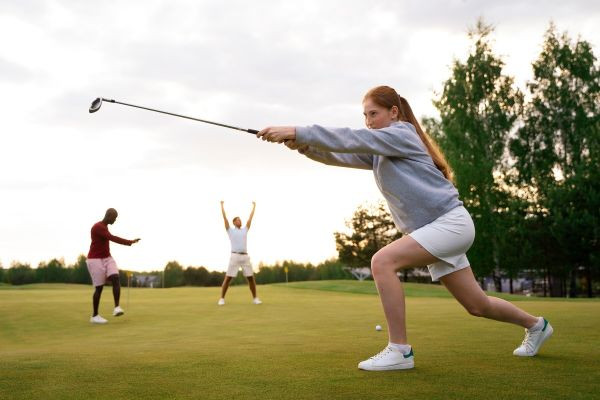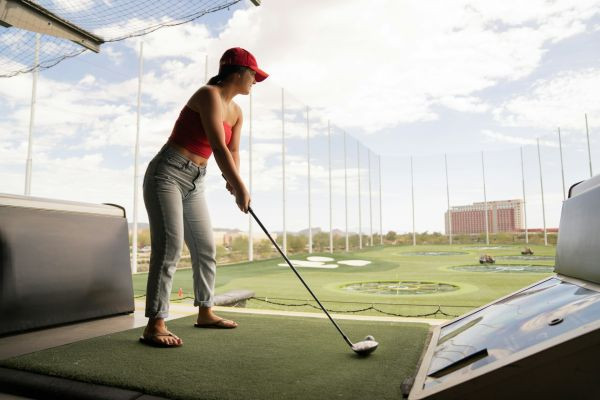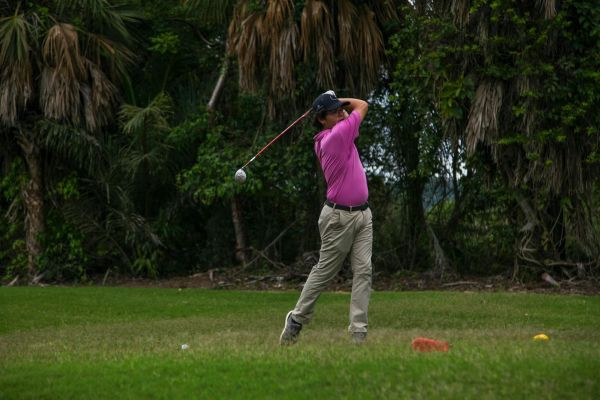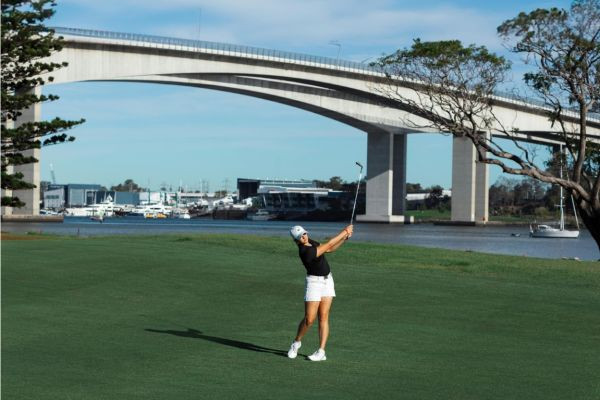Secrets of a Flat Left Wrist in Golf: Techniques from the Pros
Golf is a game of finesse and precision and perfecting the swing is a quest every golfer embarks on. One critical aspect often overlooked is the position of the left wrist. Achieving a flat left wrist..
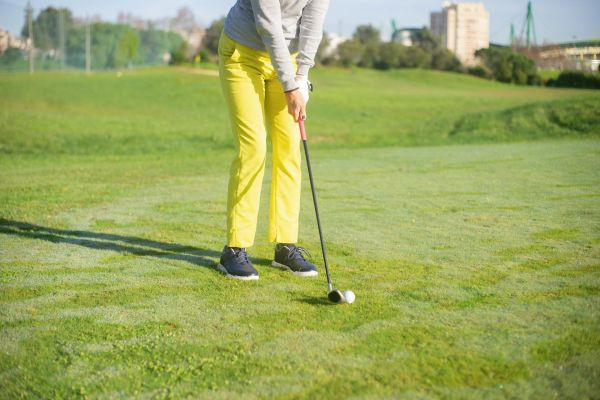
Golf is a game of finesse and precision and perfecting the swing is a quest every golfer embarks on. One critical aspect often overlooked is the position of the left wrist. Achieving a flat left wrist through the impact zone can significantly enhance your ball striking and consistency. Let's delve into why the left wrist's position is pivotal and how you can master it.
The Fundamental Left Wrist Concepts
The Role of the Left Wrist
Okay so let’s talk about why the left wrist is super important when you’re swinging a golf club. Think of your left wrist as the boss of the clubface — it basically decides where the clubface is pointing when you hit the ball. If your left wrist is flat it keeps the clubface square. This means the face of the club is aimed just right to hit the ball straight and with a lot of power. So if you keep that wrist flat you're more likely to send the ball exactly where you want it to go.
Common Misconceptions
Now a lot of new golfers get the wrong idea about what to do with their wrists. They think they need to keep their wrists really stiff or locked up through their swing. But here's the thing — golf isn't about being stiff. It's actually about being smooth and controlled.
If you lock your wrist up you lose that smooth flow and control over where the clubface points and that can mess up your shots. What you really need is to keep your wrist firm yet flexible so it can guide the clubface properly without making the swing feel forced. This way you keep control and add consistency to your shots which is exactly what we’re aiming for.
Techniques to Flatten the Left Wrist
The Neutral Grip Approach
Implementing a Neutral Grip
So how do you get started with this neutral grip thing? Well first off make sure your grip isn’t too tight or too loose. Imagine you're holding a bird in your hands — you don’t want to squeeze too hard but you can’t let it slip away either right? That’s pretty much the feel you want.
A neutral grip means you place your hands on the club so that it feels balanced. Your palms should face each other and the grip should sit comfortably against the base of your fingers not too deep into the palm. This setup helps your wrist stay naturally aligned with the clubface making it easier to keep the clubface square when you swing.
Benefits of a Neutral Grip
Now why stick with a neutral grip? It’s all about control and stability. With a neutral grip you’re less likely to over-correct or make sudden awkward movements during your swing. This means you can swing more smoothly and consistently which is exactly what you want especially when you're trying to hit that perfect shot. Plus it helps you avoid putting too much spin on the ball or sending it in the wrong direction.
Wrist Positions During the Swing
At the Top of the Swing
When you’re swinging, the position of your left wrist at the top of the backswing is super important. You want it to be either slightly bowed or flat. This isn’t just about style — it sets you up for a strong, powerful downswing. If your wrist is in the right position at the top, you can smoothly transition into moving your club downwards, keeping the power and control you need to hit the ball well.
At Impact
Okay, so you've reached the most critical part of the swing: the impact. This is where everything you've set up — your grip, your stance, your swing — comes together. At impact, your left wrist needs to be flat. Not bent forwards, not cupped backwards. Flat. This flat wrist at impact is crucial because it ensures that the clubface meets the ball squarely, maintaining the swing path and maximizing the transfer of energy to the ball. This means you get more distance and accuracy from your shots, which, let’s face it, is what every golfer is aiming for.
Practical Drills to Practice

Source:https://www.freepik.com/free-photo/side-view-man-playing-golf-with-club_12079999.htm
Drill 1: The Wrist Checker
How to Perform
Alright, let’s kick things off with the Wrist Checker drill. It’s pretty straightforward. You’ll need something like a ruler or a golf tee to help you out. What you’re going to do is hold the tool against your forearm and extend it to your wrist while you practice your swing.
This will give you a visual aid to see how flat your wrist is at different stages of your swing. The idea here is to take slow, controlled swings and focus intensely on keeping your wrist as flat as possible. It’s like you’re trying to keep the ruler or tee perfectly balanced and steady.
What to Look For
Now, while you're doing this, you need to keep an eye on your wrist to make sure it isn’t bending too much or cupping (that’s when your wrist bends back towards your forearm). Pay extra attention when you're at the top of your backswing and as you come through to impact the ball. These are the key moments where your wrist position can really make or break your shot. What you want is minimal movement in your wrist — keep it steady and smooth.
Drill 2: The Flex and Hold
Step-by-Step Guide
Next up, we have the Flex and Hold drill. This one helps you get a feel for the ideal wrist position by making you more aware of how your wrist flexes. Here’s how you do it: when you reach the top of your backswing, you’re going to slightly flex your wrist.
This means you’ll bow it just a little towards your thumb. Hold that position for a second or two, then finish your swing. The trick is to be very aware of how your wrist feels when it’s slightly flexed, so you can start to make that feeling a natural part of every swing.
Expected Outcomes
What’s this drill going to do for you? Well, first off, it’s going to build strength in the muscles around your wrist, which is great for when you need to control your club through the swing. But more importantly, it’s going to increase your awareness of where your wrist is at all times.
That awareness is key because the more you know about what your wrist is doing during your swing, the easier it will be to correct it on the fly and start nailing those shots with confidence. So, give these drills a shot, focus on that wrist position and watch how it starts to improve your game!
Advanced Tips and Tricks
Incorporating Technology
Using Gadgets like HackMotion
Alright, let's talk tech for a second. Have you heard of HackMotion? It’s this cool gadget that straps to your wrist and gives you instant feedback on what your wrist is doing during your golf swing. It's super useful because it shows you exactly how your wrist position changes in real-time.
This means you can make tiny tweaks as you practice and you get to see immediately how those changes affect your swing. It’s like having a coach on your wrist telling you, "Hey, adjust this a bit," or "Try holding your wrist a bit flatter as you hit." Using tools like HackMotion can seriously speed up your learning curve and help you understand how even small changes can make a big difference in your game.
Video Analysis Tools
Now, video analysis is another awesome tech tool that can help out a lot. Using a camera or even your smartphone, you can record your swings to see exactly what's happening. It's one thing to feel what you're doing but it’s another thing to actually see it.
When you watch a video of your swing, you can spot where your wrist might be cupping or not staying flat. You can play the video back in slow motion to really see the details, like if your wrist starts bending too early or too late. This can help you understand where you need to focus during your practice. Plus, you can show these videos to a coach or a more experienced player and get their advice on how to adjust your technique.
Mental Imagery and Visualization
How to Visualize the Perfect Swing
Let’s switch gears and talk about using your mind to improve your swing. Visualization is this cool technique where you picture yourself making the perfect golf swing in your head. Close your eyes and imagine your swing in slow motion. Focus on seeing your wrist staying perfectly flat at the right moments.
Visualizing like this helps your brain get used to the idea of what your swing should feel like. It’s kind of like practicing without having to be at the golf course or even stand up. Try doing this regularly, maybe before you go to bed or when you have some quiet time. It’s a powerful tool that a lot of professional athletes use, not just golfers!
Psychological Benefits
Now, beyond just helping you nail down the mechanics of a flat wrist in your swing, visualization has some cool psychological perks. It can really boost your confidence because you’ve seen yourself make perfect swings in your mind over and over. This builds a kind of mental muscle memory, making you feel more prepared and focused when you’re actually playing.
Plus, being able to calm your mind and imagine positive outcomes is a great way to reduce nerves and anxiety on the course. It’s like giving your brain a pep talk, getting it ready to perform its best when you’re out there swinging for real. So don't overlook the power of your mind in improving your golf game; it's a game-changer!
Common Mistakes and How to Avoid Them
Identifying Overcompensation
First up, let's talk about overcompensation. This happens a lot when you're trying to fix one part of your swing and end up going too far the other way. For your wrist, this means you might be bending it too much (that's flexion) or bending it backwards (that’s extension).
These extremes can mess up your shots big time, making the ball go places you definitely didn't intend. To spot this, check out your swing in a mirror or record a video. Pay close attention to your wrist—does it look like it's bending too much at any point during your swing? If yes, that’s overcompensation happening right there.
Correcting Your Swing
Now, how do we fix this? Practice makes perfect, right? You can start with drills specifically designed to keep your wrist position neutral. There are lots of drills out there that help train your wrist to stay flat. You can try the "wrist checker" drill I mentioned earlier or even just practice swinging slowly, focusing on keeping that wrist nice and steady.
Another big help is feedback. If you can, work with a coach who can watch your swings and give you pointers right on the spot. Or use a tool like HackMotion, which gives feedback about your wrist position in real-time. This way, you can make adjustments immediately and start developing a more consistent and effective swing without the guesswork.
Conclusion
Perfecting the flat left wrist in golf is definitely not something you can nail down overnight. It's all about putting in the time and effort to really get your swing mechanics dialed in. Think about incorporating all the techniques and tools we've talked about into your regular practice routine. It’s about persistence, really paying attention to how you’re swinging and making those small adjustments that can make a big difference. Stick with it, keep practicing and you’ll start to see your game change for the better. You'll hit your shots more consistently and start to feel more confident on the course.
Frequently Asked Questions (FAQs)
Why is a flat left wrist important in golf?
So, why all this fuss about keeping your left wrist flat? Well, when your left wrist is flat at the point of impact, it helps keep the clubface square to where you’re aiming. This is super important because it means your shots will be more likely to go where you want them to and they'll have more power behind them. It’s a key trick to making your game much more reliable.
Can I use a strong grip and still keep my wrist flat?
Yes, you totally can keep your wrist flat with a strong grip but it’s a bit trickier. A strong grip tends to make your wrist cup naturally, which you don’t really want. If you’re going with a strong grip, you'll need to be extra mindful about how your wrist is positioned through your swing and you might need to make some extra adjustments to keep that wrist flat.
What is the most common mistake when trying to flatten the left wrist?
A big mistake a lot of golfers make is they try to force their wrist to stay flat. They overdo it and end up making their wrist super stiff. This can throw off the whole fluidity of your swing and mess up your shots. Remember, the goal is a controlled but relaxed wrist, not an iron bar!
Do professional golfers always use a flat left wrist?
Most pro golfers do keep their left wrist flat or slightly bowed at impact. But, like everything in golf, there’s some personal variation. Different pros might have slight differences in their swing mechanics based on what feels best for them or the specific shot they’re aiming for. But generally, yes, a flat left wrist is a common feature among the pros.
What tools can help me monitor my wrist position?
For checking out how your wrist is doing during your swing, gadgets like HackMotion are awesome. They give you real-time feedback on your wrist’s position. Also, video analysis software is great because it lets you see exactly what’s happening during your swing and helps you make corrections as needed. These tools can really help you understand and improve your wrist position.
Can improving my left wrist position lower my handicap?
Absolutely! Improving how you control your wrist can have a big impact on your overall swing mechanics. This can lead to hitting more consistent, powerful shots and ultimately, yes, it can help lower your handicap. It’s all about making your swing more efficient and effective and a flat left wrist is a big part of that. So, keep working at it and you’ll likely see some great results in your game.



